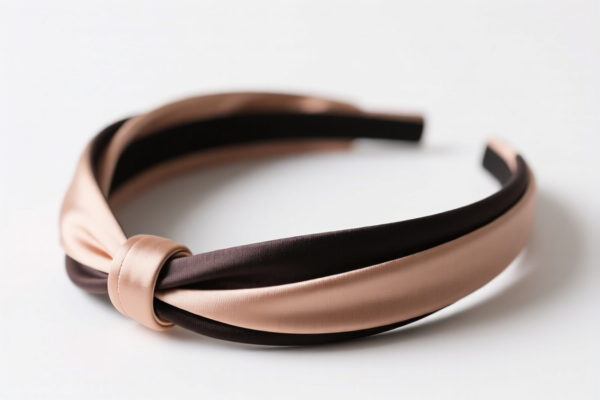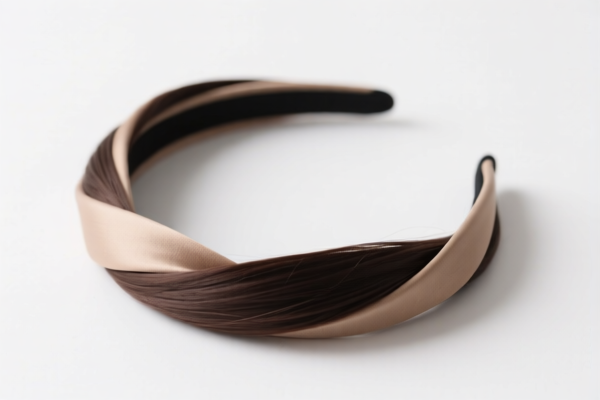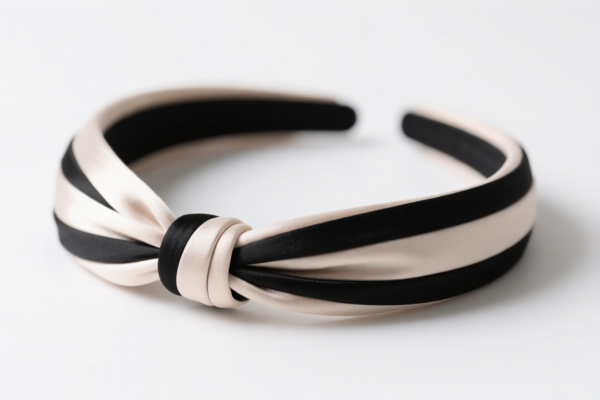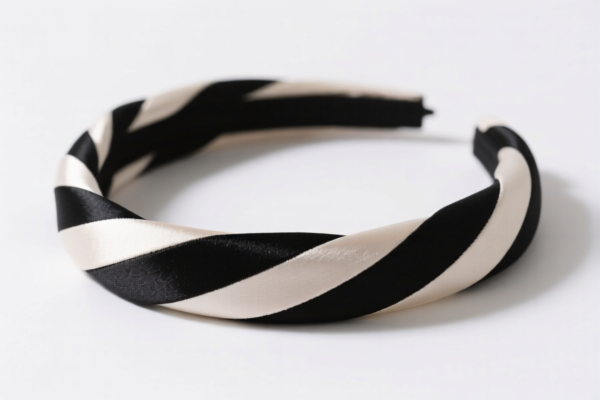| HS Code | Official Doc | Tariff Rate | Origin | Destination | Effective Date |
|---|---|---|---|---|---|
| 6217101010 | Doc | 39.8% | CN | US | 2025-05-12 |
| 6217108500 | Doc | 44.6% | CN | US | 2025-05-12 |
| 3924901050 | Doc | 33.3% | CN | US | 2025-05-12 |




Okay, let's break down the HS codes and tax implications for your declared item "HAIRBAND" based on the provided data. Here's a structured analysis to help you understand the classification and potential costs:
Understanding HS Codes – A Quick Primer
HS codes (Harmonized System codes) are internationally standardized codes used to classify traded products. The first 6 digits are generally consistent worldwide, while the last 2-4 digits can vary by country. Here's how to interpret the codes you've received:
- Chapter 62: Articles of apparel and clothing accessories, knitted or crocheted.
- Chapter 39: Plastics and articles thereof.
Detailed Analysis of Your Hairband HS Codes
You have three potential HS codes listed, each with different tax implications. Let's examine each one:
1. HS Code: 6217.10.10.10 – Accessories Containing 70% or More Silk/Silk Waste
- 6217: Made up clothing accessories; parts of garments or of clothing accessories, other than those of heading 6212. This broadly covers hairbands as accessories.
- 6217.10: Accessories of knitted or crocheted materials.
- 6217.10.10: Accessories containing 70% or more by weight of silk or silk waste.
- 6217.10.10.10: Specifically for headbands, ponytail holders, and similar articles made with 70% or more silk/silk waste.
- Tax Rate:
- Basic Tariff: 2.3%
- Additional Tariff: 7.5%
- Post-April 2, 2025 Additional Tariff: 30%
- Total Tax: 39.8%
- Important Note: This code specifically applies if your hairbands are made with at least 70% silk or silk waste. You will need to verify the material composition of your hairbands to confirm if this code is accurate.
2. HS Code: 6217.10.85.00 – Other Accessories (Not Silk)
- 6217: Made up clothing accessories; parts of garments or of clothing accessories, other than those of heading 6212.
- 6217.10: Accessories of knitted or crocheted materials.
- 6217.10.85: Other accessories. This is a catch-all for accessories not specifically classified elsewhere within 6217.10.
- 6217.10.85.00: Specifically for headbands, ponytail holders, and similar articles not meeting the 70% silk/silk waste criteria.
- Tax Rate:
- Basic Tariff: 14.6%
- Additional Tariff: 0.0%
- Post-April 2, 2025 Additional Tariff: 30%
- Total Tax: 44.6%
- Important Note: This code is likely applicable if your hairbands are made of materials other than silk or silk waste (e.g., cotton, polyester, plastic, metal).
3. HS Code: 3924.90.10.50 – Plastics Household Articles
- 3924: Tableware, kitchenware, other household articles and hygienic or toilet articles, of plastics.
- 3924.90: Other.
- 3924.90.10: Curtains and drapes, including panels and valances; napkins, table covers, mats, scarves, runners, doilies, centerpieces, antimacassars and furniture slipcovers; and like furnishings Other
- 3924.90.10.50: Specifically for headbands, ponytail holders, and similar articles made of plastics.
- Tax Rate:
- Basic Tariff: 3.3%
- Additional Tariff: 0.0%
- Post-April 2, 2025 Additional Tariff: 30%
- Total Tax: 33.3%
- Important Note: This code is applicable if your hairbands are made of plastics.
Recommendations & Next Steps
- Material Verification: Crucially, determine the exact material composition of your hairbands. This will dictate the correct HS code. If they are primarily silk, use 6217.10.10.10. If they are another material (cotton, polyester, plastic), use 6217.10.85.00 or 3924.90.10.50.
- Single Price: Confirm the single price of your hairbands.
- Certification: Depending on the material and intended use, you may need to provide certifications (e.g., material composition reports, safety certifications).
- April 2, 2025 Tariff Changes: Be aware of the significant tariff increases scheduled for April 2, 2025. Factor this into your cost calculations if your goods will be imported after this date.
- Consult with a Customs Broker: For complex cases or large shipments, it's highly recommended to consult with a licensed customs broker in your destination country. They can provide expert guidance and ensure compliance with all import regulations.
Disclaimer: I am an AI assistant and cannot provide definitive customs classification advice. This information is for general guidance only. Always verify HS codes and import requirements with official customs authorities or a qualified customs broker.
Customer Reviews
The page provided a solid overview of the HS codes for hairbands, but I had to do some extra research to understand the exact material requirements for each code.
I really appreciated the detailed explanation of the 39.8% tariff for silk hairbands. It made the import process much clearer for me.
The info on HS code 3924.90.10.50 for plastic hairbands was helpful, but I wish there was more guidance on how to apply it for actual shipping.
Great breakdown of HS code 6217.10.10.10 for silk-based hairbands. The tax details and material requirements were very clear.
I was impressed with how clearly the HS code 3925 was explained. It made exporting plastic doors to the US feel much less daunting.